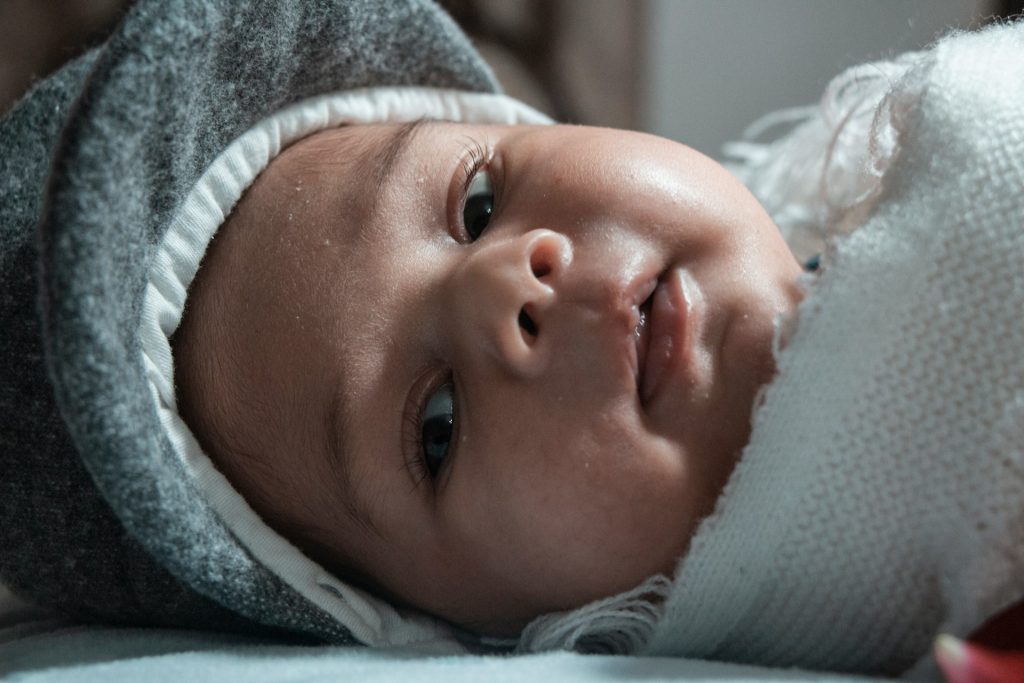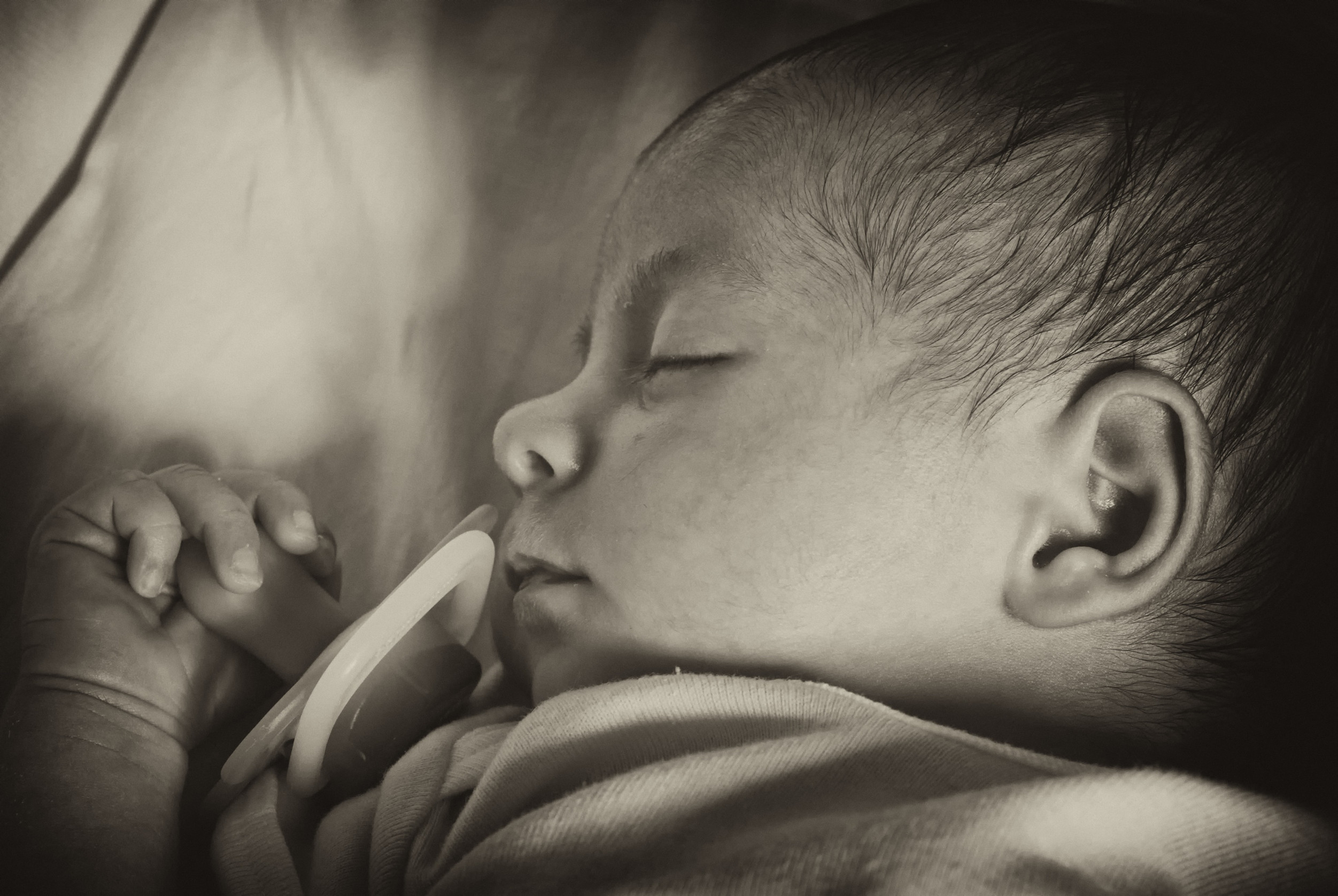
Parenting is filled with blissful moments—and plenty of sleepless nights. If your baby won’t sleep through the night, you might feel like you’re running on caffeine and hope. While every child is different, these seven research‑backed tools can make the exhausting phase easier for everyone.
1. Try the Chair Method for Gentle Independence
The Chair Method builds self‑soothing skills gradually. Sit silently beside the crib on the first night, then move the chair farther away each evening until you’re outside the room. This slow approach helps babies learn to fall asleep without abrupt “cry‑it‑out” transitions.
2. Establish a Consistent Bedtime Routine
A predictable sequence cues the brain to release melatonin—the sleep hormone—at the same time every night.
- Wind-down (20 min): Dim lights, turn off screens, and play calming music.
- Warm bath (10 min): The post-bath drop in body temperature signals “sleep time” to the nervous system.
- PJs & diaper check (5 min).
- Feed & burp (10 min): Keep lights low; end the feed slightly before baby nods off.
- Story or lullaby (5 min).
- Crib while drowsy, not asleep.
Consistency—not length—matters most. If travel or illness disrupts the cadence, resume the same order as soon as possible so the neural association stays intact.
3. Optimize the Sleep Environment
A few environment tweaks can add precious minutes (or hours) of uninterrupted rest.
- Safety musts: Firm mattress, fitted sheet, and no loose blankets until at least 12 months. Always place your baby on their back in a CPS-approved crib.
- Temperature: 68–72 °F (20–22 °C) is ideal; hotter rooms increase wakefulness.
- Light: Blackout curtains plus a dim red night light protect melatonin production.
- Sound: A steady 50-60 dB white-noise machine masks household clatter and soothes babies who miss womb-like whooshing.
4. Encourage Self‑Soothing
Rushing in at every peep teaches your baby that full assistance arrives instantly. Instead:
- Pause: Wait 60–90 seconds before intervening. Many babies resettle within that window.
- Check-and-console: Enter, offer a gentle pat and soft voice, avoid picking up unless truly needed.
- Gradually extend pauses by 30 seconds every few nights.
Alternate “pick-up/put-down” for younger babies: hold until calm, crib when drowsy, repeat. The goal is to let the baby finish the job of falling asleep solo.

5. Minimize Stimulation at Night
Night wakings for feeds or diaper changes are inevitable, but you can keep them brief and boring.
- No play: Skip toys and eye contact. Interaction triggers cortisol and playfulness—exactly what you don’t want at 3 a.m.
- Lighting: Use a motion-activated 5-watt amber bulb; blue light can fully rouse both of you.
- Voice: Whispers only. Reserve coos and chatter for daylight.
- Touch: Slow, purposeful movements; avoid tickling or vigorous burping unless the baby is uncomfortable.
6. Respect Age‑Appropriate Awake Windows
Tired cues—rubbing eyes, zoning out—signal it’s time to sleep. Newborns need rest after 45 min to 1 hr; older infants last 1.5–3 hrs. Putting baby down before overtiredness sets in can prevent late‑night wake‑ups.
7. Stay Patient and Flexible
Sleep regressions at 4, 8, and 12 months, teething, illness, and developmental leaps can all cause setbacks. When progress stalls:
- Re-anchor routines rather than introducing drastic new methods.
- Offer extra comfort during illness but return to baseline as soon as baby is well.
- Lean on help: Trade nights with a partner, nap when baby naps, or enlist a relative for a few hours so you can reset.
Sleep is not a performance test—it’s a developmental milestone that arrives at different times for different children.
You’re Not Failing—You’re Figuring It Out
Night waking doesn’t mean you’re doing anything wrong. With patience, consistency, and the right tools, better sleep will come. Share your own sleepy‑time tips in the comments—another tired parent will thank you.
Read More

Samantha Warren is a holistic marketing strategist with 8+ years of experience partnering with startups, Fortune 500 companies, and everything in between. With an entrepreneurial mindset, she excels at shaping brand narratives through data-driven, creative content. When she’s not working, Samantha loves to travel and draws inspiration from her trips to Thailand, Spain, Costa Rica, and beyond.






